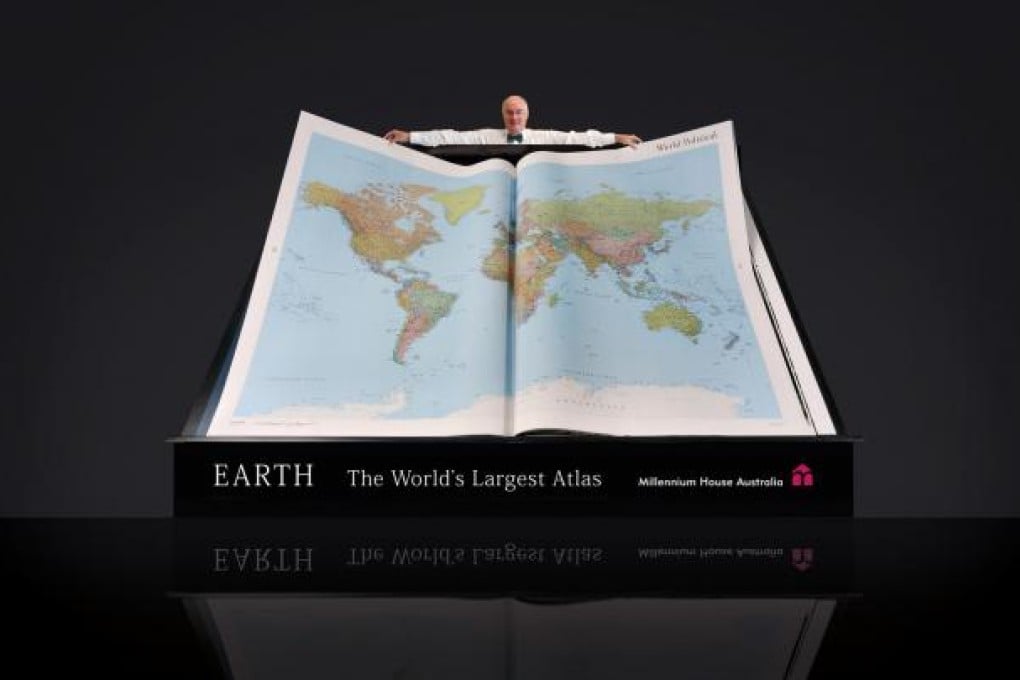Book review: On the Map by Simon Garfield
The largest atlas ever published was so big it required its own plane for delivery to buyers, Simon Garfield tells us in On the Map. You needed US$100,000 to buy the book and six strong lads to carry it. The atlas was amazing but user-unfriendly - a bit like this admirable but occasionally unwieldy book.


by Simon Garfield
Profile Books
The largest atlas ever published was so big it required its own plane for delivery to buyers, Simon Garfield tells us in . You needed US$100,000 to buy the book and six strong lads to carry it. The atlas was amazing but user-unfriendly - a bit like this admirable but occasionally unwieldy book.
Garfield is a British journalist whose previous book, , was a bestselling exploration of his love affair with printers' fonts. Now he has turned his attention to maps and their wide family of graphic relatives - atlases, guide books, Google maps, sat nav and beyond.
"More people use more maps than at any other time in human history, but we have not lost sight of their beauty, romance or inherent usefulness. And nor have we mislaid their stories," he writes, referring to the proliferation of electronic, internet-borne maps in our phones, cars and computers.
"How on earth did we get to this point?" he asks, then plunges his readers into a 2,000-year odyssey of more than 430 pages, beginning with Ptolemy and Columbus and ending with Facebook and Google.
is less a narrative with a coherent trajectory than a chronological parade of mini-chapters - bite-sized units only loosely linked to what came before or after.
His research team earned their money. For example in one brief span, mid-volume, Garfield's zigs and zags are as follows: 10 pages on the cholera map that tracked down and ended an epidemic in 1850s London; then immediately over to Australia for six pages on a calamitous 1860 expedition by characters named Burke and Willis, who died in the outback; then off to Robert Louis Stevenson's fictional treasure map; then suddenly we're getting frozen with Robert Scott in the Antarctic.
